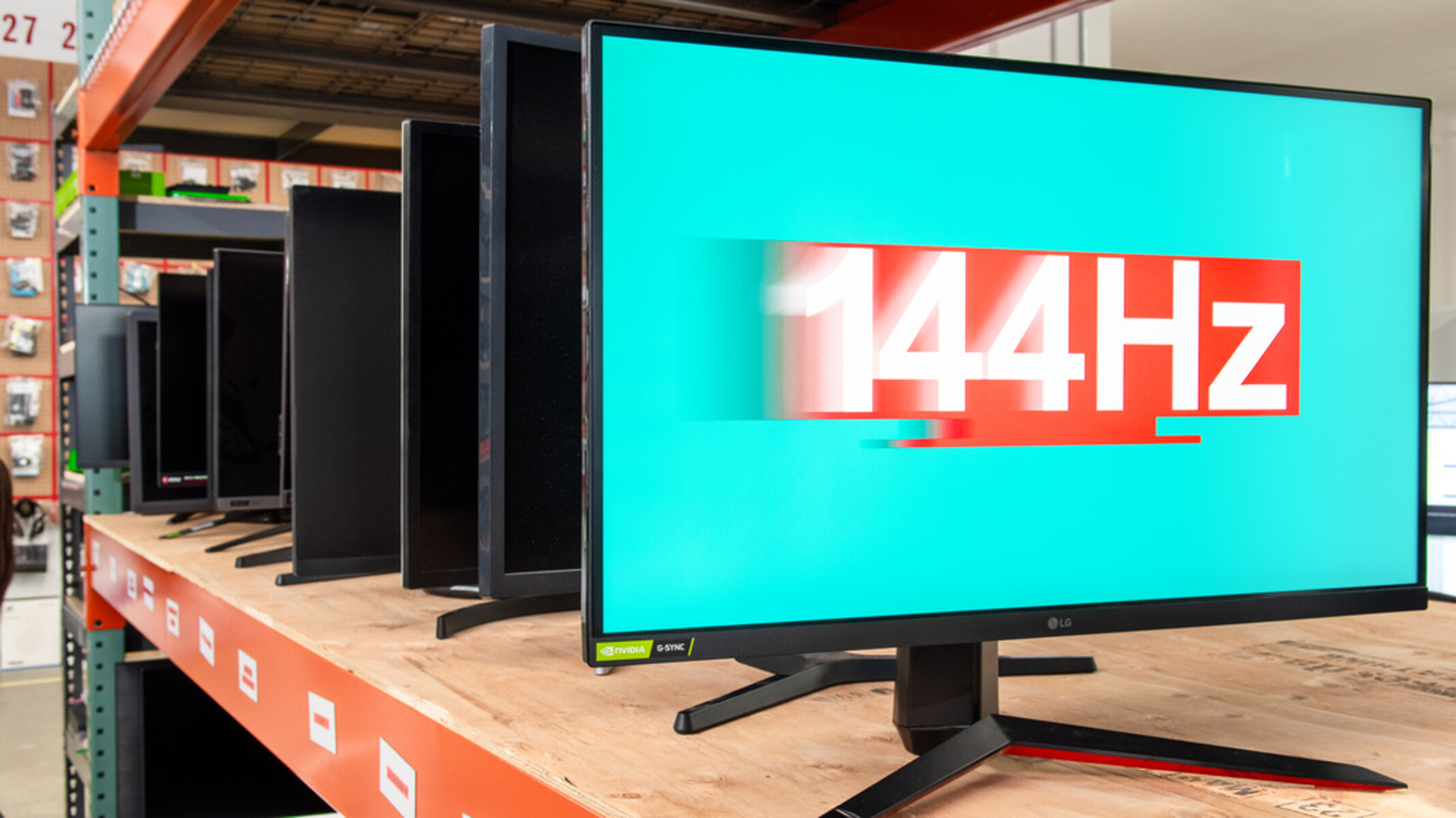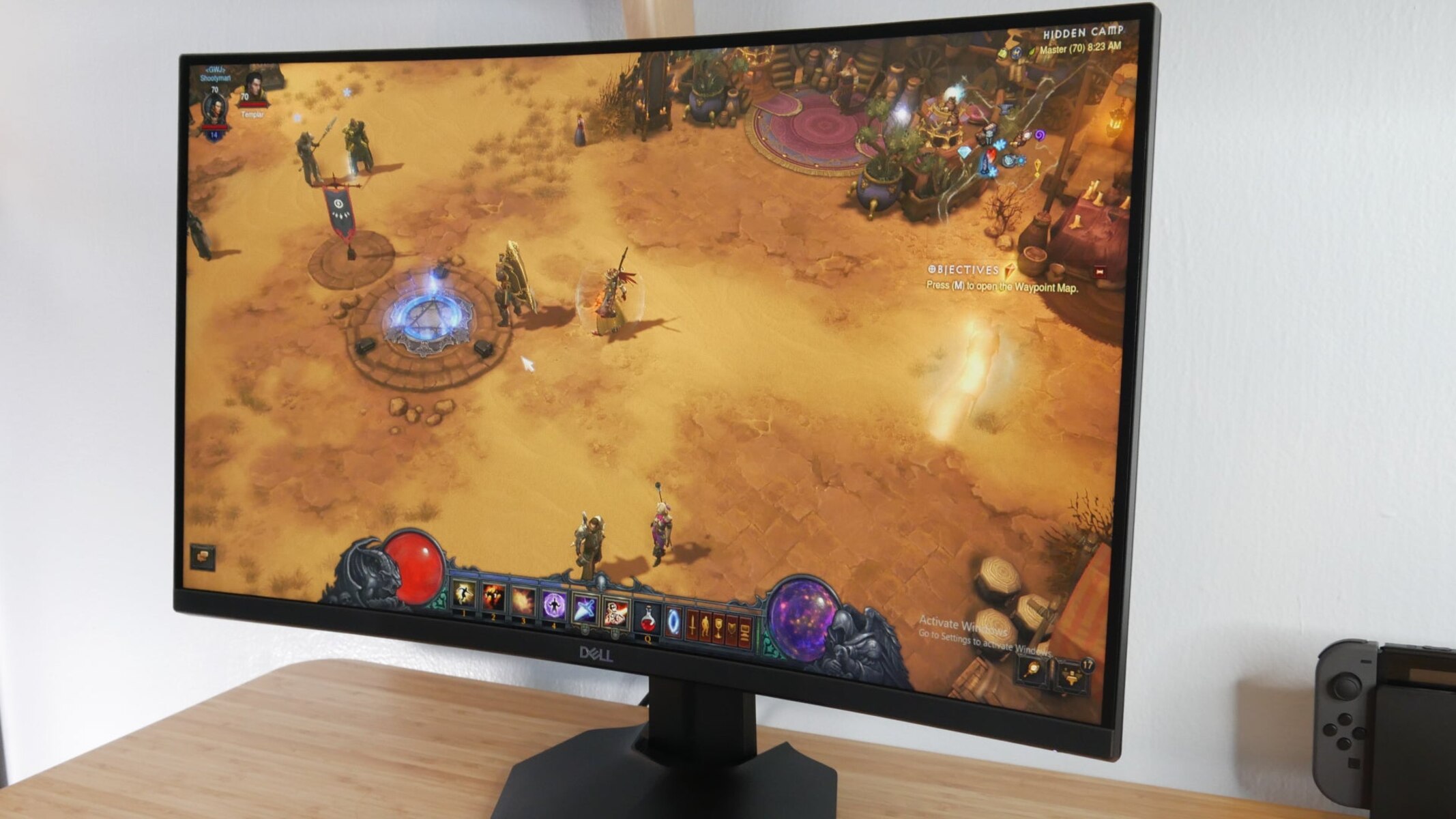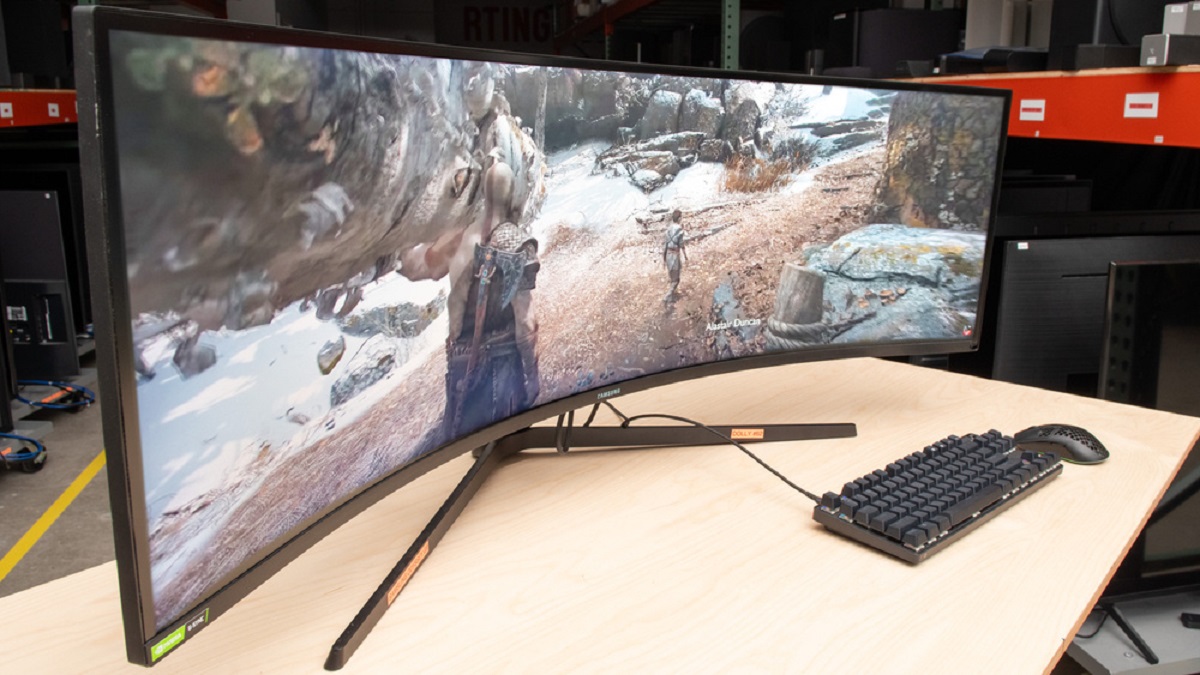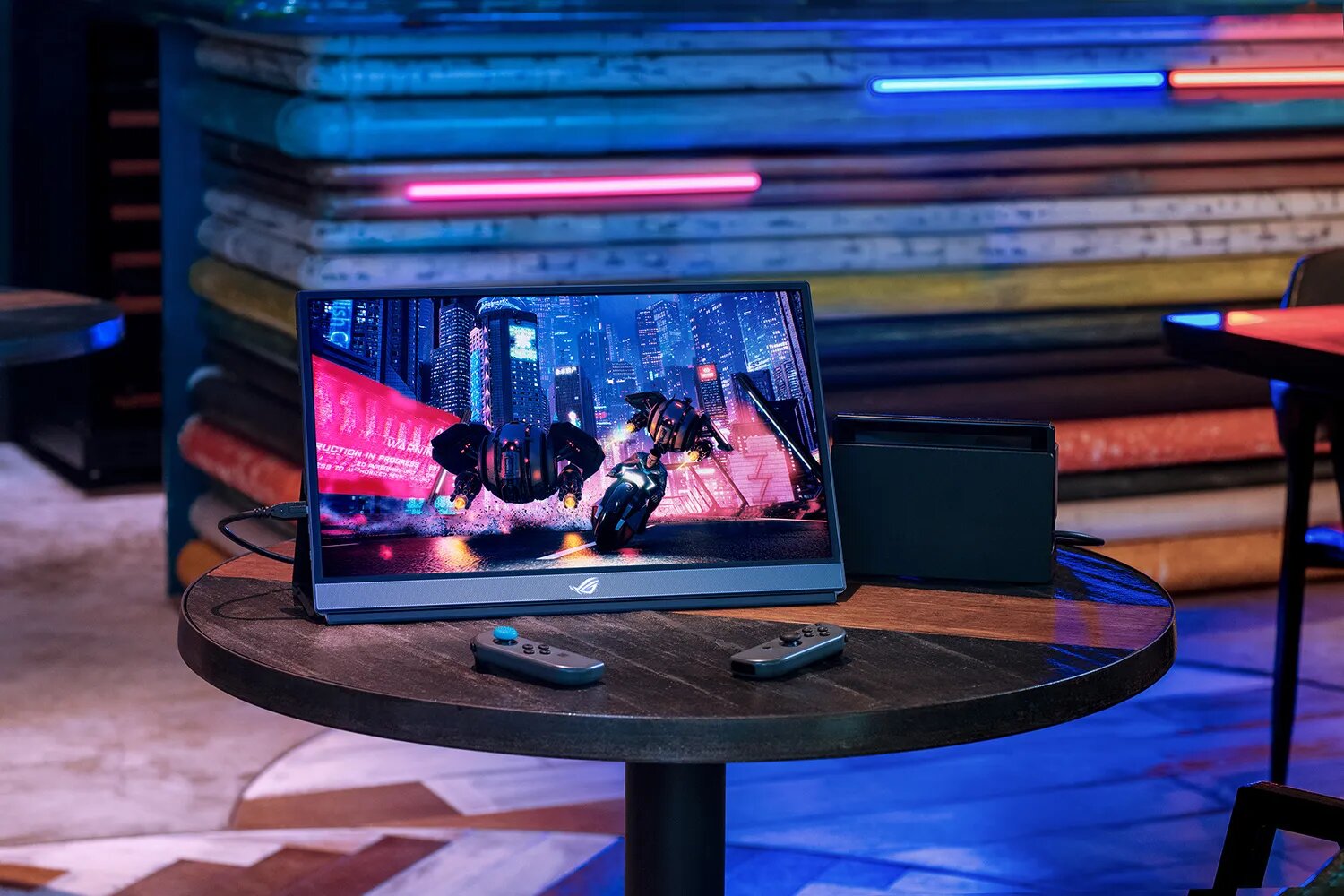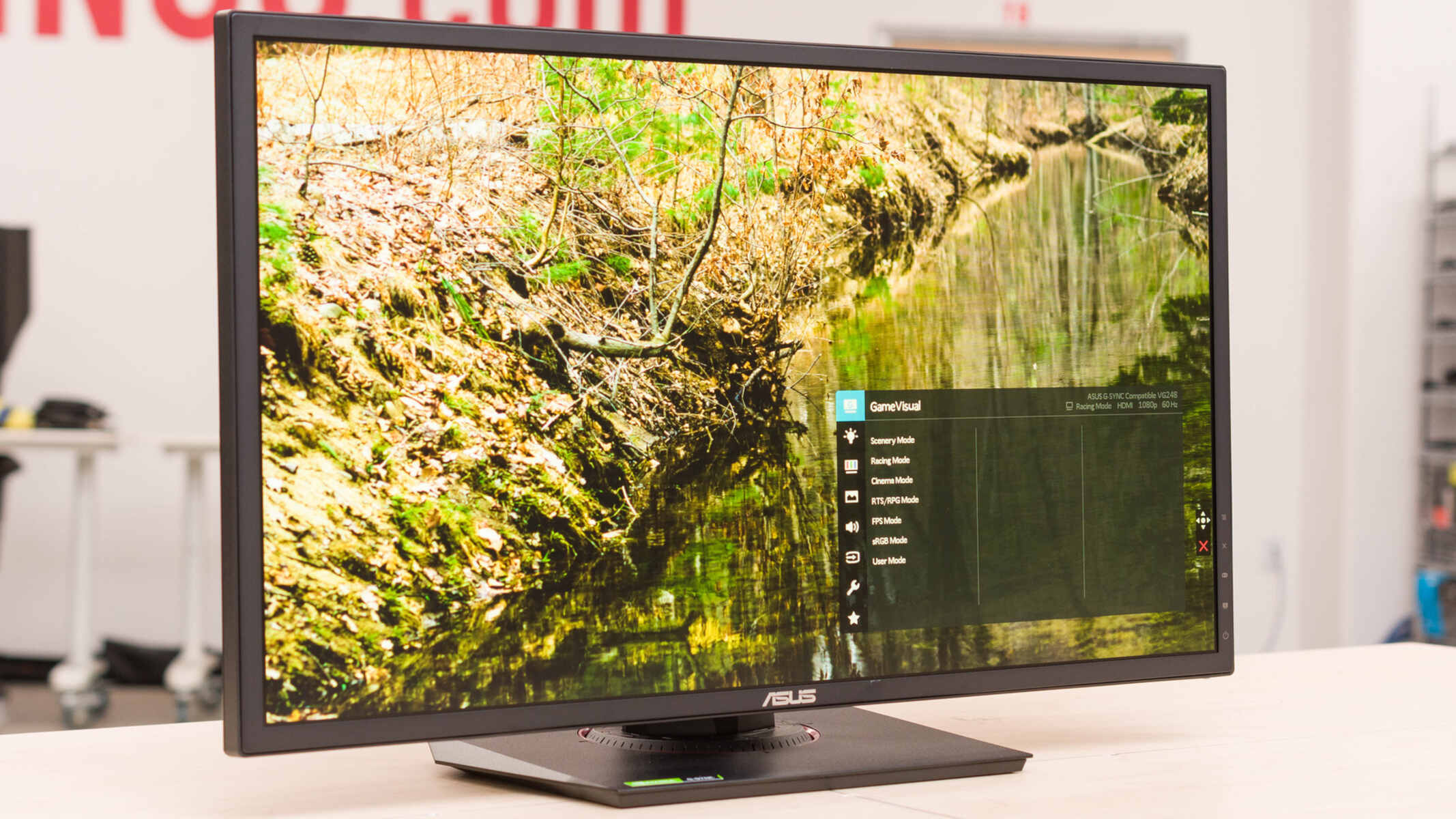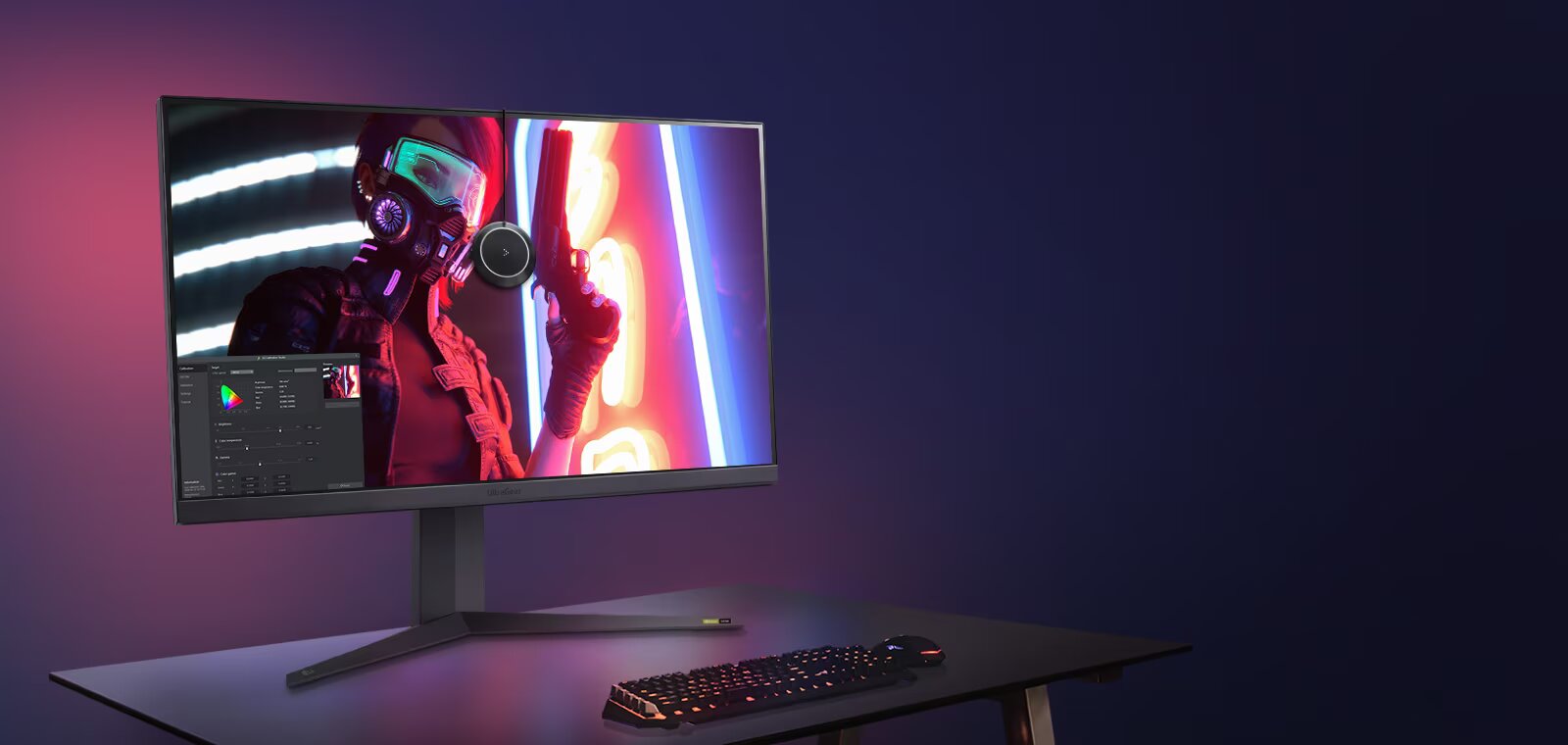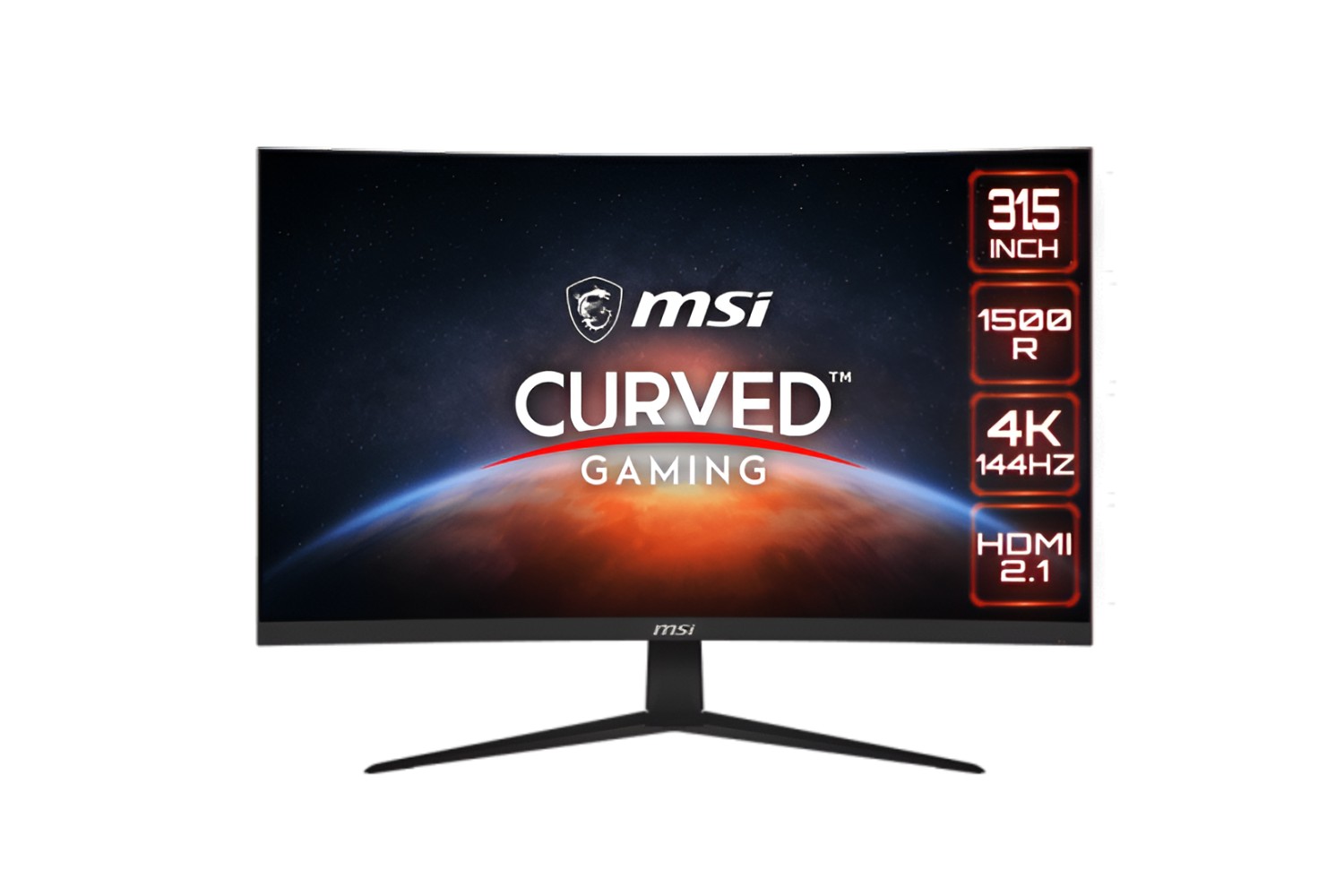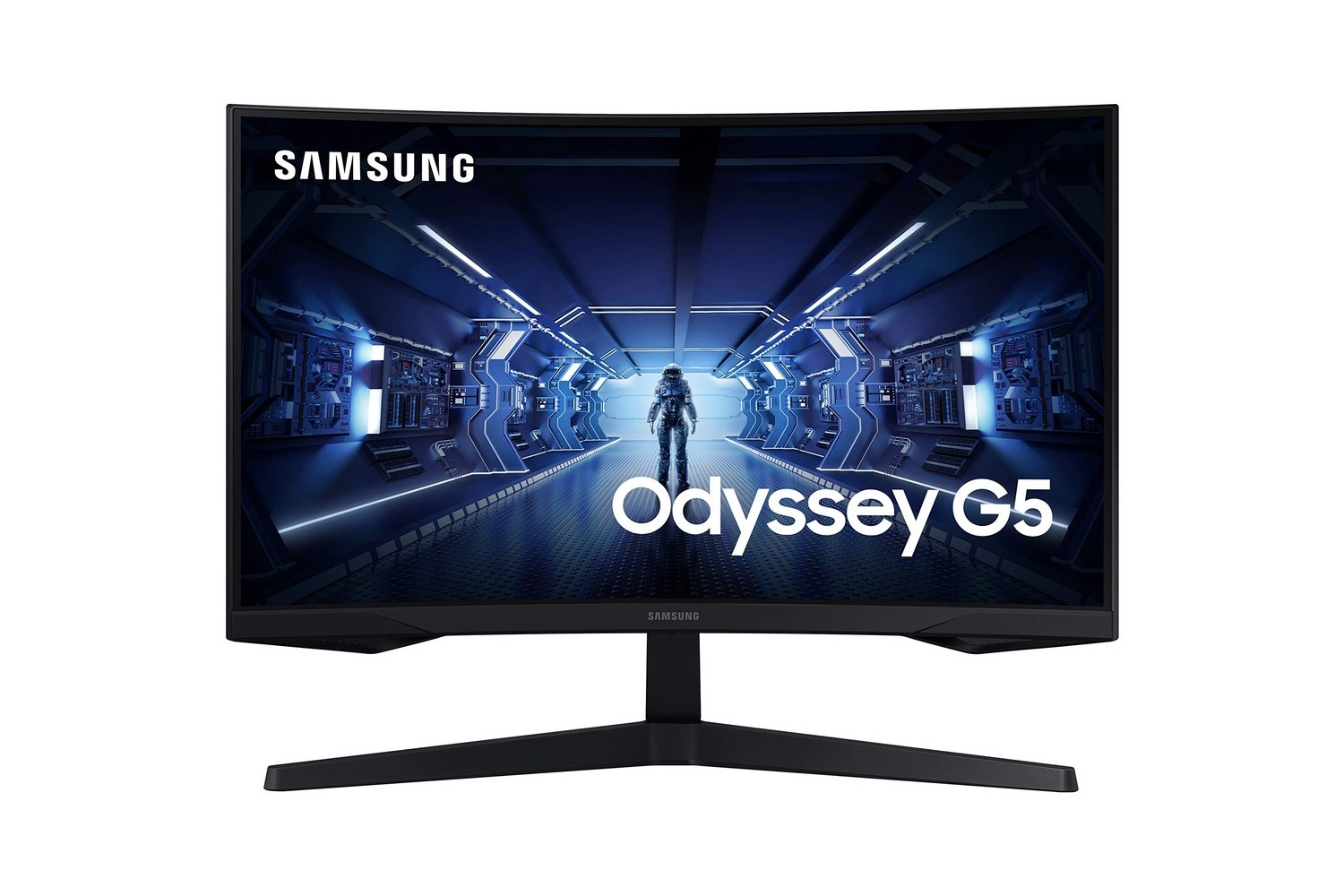Introduction
When it comes to gaming, having a high refresh rate monitor can significantly improve your gaming experience by providing smoother and more fluid graphics. A 144Hz gaming monitor is an excellent choice for avid gamers looking for that extra edge in gameplay.
However, in order to take full advantage of the 144Hz refresh rate, you need to ensure that you have the right cable connecting your gaming monitor to your PC or gaming console. The cable you choose can have a significant impact on the monitor’s performance and the overall gaming experience.
In this article, we will explore the different cable options for connecting a 144Hz gaming monitor. We will compare HDMI and DisplayPort cables and discuss the different versions available. Additionally, we will guide you on selecting the right cable for your setup, taking into consideration factors such as compatibility and performance.
Before delving into the specifics, let’s take a moment to understand what refresh rates are and why they matter in gaming.
Understanding Refresh Rates
Refresh rate refers to how many times per second the monitor updates and displays a new image. It is measured in Hertz (Hz). A higher refresh rate means more frequent image updates, resulting in smoother and more fluid motion on the screen.
In gaming, a higher refresh rate allows for a more responsive and immersive experience. It reduces motion blur, makes fast movements appear clearer, and reduces input lag, resulting in more precise and accurate gameplay.
Most standard monitors have a refresh rate of 60Hz, which means they refresh the image on the screen 60 times per second. However, gaming monitors with higher refresh rates, such as 144Hz, have become increasingly popular among gamers.
With a 144Hz refresh rate, the monitor updates the image 144 times per second, providing a significantly smoother and more fluid visual experience. This can be particularly beneficial in fast-paced games, where quick reflexes and smooth motion are crucial.
Now that we have a basic understanding of refresh rates and their importance in gaming, let’s explore the different cable options available for connecting a 144Hz gaming monitor.
HDMI vs DisplayPort
When it comes to connecting a 144Hz gaming monitor, the two most common cable options are HDMI and DisplayPort. Both cables have their own advantages and considerations, so let’s take a closer look at each:
HDMI: HDMI (High-Definition Multimedia Interface) is a widely-used cable that supports high-definition audio and video transmission. HDMI cables are commonly found in most modern devices such as gaming consoles, laptops, and TVs. They are also backward compatible, meaning they can work with older versions of HDMI.
DisplayPort: DisplayPort is another popular cable choice for high-resolution and high-refresh rate displays. It is known for its versatility and ability to support both audio and video transmission. DisplayPort cables are commonly found in gaming monitors, graphics cards, and high-end laptops. Like HDMI, DisplayPort is also backward compatible.
While both HDMI and DisplayPort cables can technically support a 144Hz refresh rate, it’s important to consider the specific versions of the cables and their capabilities.
Now, let’s take a closer look at the different versions of HDMI and DisplayPort cables commonly used for gaming monitors.
HDMI 1.4
HDMI 1.4 is an older version of the HDMI cable that is still commonly used in many devices, including gaming consoles and computers. While it can support high-definition video and audio, it has some limitations when it comes to higher refresh rates.
HDMI 1.4 cables can typically support a maximum refresh rate of 60Hz at 1080p resolution. This means that if you connect a 144Hz gaming monitor to your device using an HDMI 1.4 cable, you won’t be able to take full advantage of the monitor’s capabilities.
However, there is a potential workaround. Some monitors and devices may support an option called “HDMI 1.4 DSC” (Display Stream Compression), which allows for higher refresh rates at lower resolutions. This means you may be able to achieve a 144Hz refresh rate by lowering the resolution to 720p or 900p. However, keep in mind that this may result in a lower overall image quality.
It’s important to note that not all devices and monitors support HDMI 1.4 DSC, so it’s essential to check the specifications of your specific monitor and device before attempting to use this method.
Overall, while HDMI 1.4 cables can be used to connect a 144Hz gaming monitor, they are limited by their maximum refresh rate capabilities. If you want to fully utilize the monitor’s capabilities, it’s recommended to consider alternative cable options such as HDMI 2.0 or DisplayPort.
HDMI 2.0
HDMI 2.0 is an upgraded version of the HDMI cable that offers improved capabilities for supporting higher resolutions and refresh rates. It is commonly found in newer devices and gaming monitors that are designed to handle more demanding graphics.
HDMI 2.0 cables have the ability to support a 144Hz refresh rate at 1080p resolution, providing a smooth gaming experience on a compatible monitor. This makes HDMI 2.0 a suitable choice for gamers who want to fully utilize the capabilities of their 144Hz gaming monitor without compromising on image quality.
In addition to its higher refresh rate support, HDMI 2.0 also offers other benefits such as higher bandwidth capacity, allowing for 4K resolution at 60Hz or even 8K resolution at 30Hz. It also supports features like HDR (High Dynamic Range), which enhances the color and contrast of the displayed content.
It’s important to mention that both your gaming monitor and the device you are connecting it to must have HDMI 2.0 ports in order to take advantage of the higher refresh rate and other features. If either the monitor or the device only has HDMI 1.4 ports, you will be limited to the lower refresh rate supported by HDMI 1.4.
Overall, HDMI 2.0 cables are a solid choice for connecting a 144Hz gaming monitor, especially if your devices support it. They offer the necessary bandwidth and capabilities to deliver smooth and high-quality gaming visuals, making them a popular option among gamers.
DisplayPort 1.2
DisplayPort 1.2 is an earlier version of the DisplayPort cable that is still widely used and compatible with many devices and gaming monitors. While it may not have the latest features and capabilities of newer versions, it is still capable of supporting a 144Hz refresh rate in certain scenarios.
With a DisplayPort 1.2 cable, you can achieve a 144Hz refresh rate at 1080p resolution without any issues. This makes it a suitable choice for gamers who want to ensure smooth gameplay and take full advantage of their high refresh rate gaming monitor.
It’s worth noting that DisplayPort 1.2 also has the ability to support higher resolutions, such as 4K at 60Hz or even multiple monitors daisy-chained together. It offers a higher bandwidth than HDMI 2.0, making it a preferred choice for users who require high-resolution displays or multi-monitor setups.
However, it’s important to check the specific capabilities of your monitor and devices to ensure they support DisplayPort 1.2. If either the monitor or the device only has an earlier version of DisplayPort (such as 1.1), it may not support the desired refresh rate or resolution.
In summary, DisplayPort 1.2 provides a solid option for connecting a 144Hz gaming monitor, offering the necessary bandwidth to support high refresh rates and resolutions. If your monitor and devices are compatible, using a DisplayPort 1.2 cable can help you achieve smooth gameplay and enjoy the full capabilities of your gaming setup.
DisplayPort 1.4
DisplayPort 1.4 is the latest version of the DisplayPort cable and comes with several enhancements and improvements over its predecessors. It offers increased bandwidth and support for higher resolutions and refresh rates, making it an ideal choice for connecting a 144Hz gaming monitor.
With a DisplayPort 1.4 cable, you can easily achieve a 144Hz refresh rate at 1080p, 1440p, and even 4K resolutions. This means you can enjoy ultra-smooth and lag-free gaming visuals on your high refresh rate monitor, providing a more immersive gaming experience.
One of the key features of DisplayPort 1.4 is its support for Display Stream Compression (DSC). This technology allows for visually lossless compression, enabling even higher resolutions and refresh rates without sacrificing image quality. With DSC, you can achieve resolutions up to 8K at 60Hz or 4K at 144Hz, depending on your monitor’s capability.
In addition, DisplayPort 1.4 also supports features like HDR (High Dynamic Range), which enhances the contrast and color range of the displayed content. This results in more vibrant and lifelike visuals, further enhancing your gaming experience.
It’s worth noting that both your gaming monitor and the device you are connecting it to must have DisplayPort 1.4 ports in order to take full advantage of the capabilities of the cable. If either the monitor or the device only has an earlier version of DisplayPort, you may be limited in terms of the highest supported refresh rate and resolution.
To summarize, DisplayPort 1.4 is a cutting-edge cable option for connecting a 144Hz gaming monitor. It offers the necessary bandwidth and features to deliver smooth gameplay and high-resolution visuals. If your devices support it, opting for a DisplayPort 1.4 cable will ensure that you can maximize the potential of your high refresh rate monitor in the most optimal way.
Choosing the Right Cable
Now that we have explored the different cable options for connecting a 144Hz gaming monitor, it’s important to consider a few factors when choosing the right cable for your setup.
1. Compatibility: Check the specifications of your gaming monitor and the devices you will be connecting it to. Ensure that both the monitor and the devices have the necessary ports (HDMI 2.0 or DisplayPort 1.2/1.4) to support a 144Hz refresh rate. It’s crucial to have matching ports for optimal performance.
2. Length: Consider the length of the cable you need for your setup. Make sure to choose a cable that is long enough to reach from your gaming PC or console to the monitor without causing any strain or tension. Additionally, avoid unnecessarily long cables, as they can potentially introduce signal degradation.
3. Budget: Take into account your budget when selecting a cable. HDMI cables are generally more affordable and widely available, while DisplayPort cables may cost a bit more. However, investing in a high-quality cable can ensure better performance and longevity.
4. Futureproofing: If you plan to upgrade your gaming setup in the future, it’s advisable to choose a cable that supports the latest standards and technologies, such as HDMI 2.0 or DisplayPort 1.4. This will ensure that your cable can accommodate higher resolutions and refresh rates when you upgrade your devices.
By considering these factors, you can make an informed decision when choosing the right cable for your 144Hz gaming monitor. Always refer to the manufacturer’s specifications and recommendations to ensure compatibility and optimum performance.
Conclusion
When it comes to connecting a 144Hz gaming monitor, choosing the right cable is essential to fully utilize its capabilities and enhance your gaming experience. HDMI and DisplayPort cables are the most common options, each with their own advantages and considerations.
HDMI cables, especially HDMI 2.0, are a suitable choice for supporting a 144Hz refresh rate at 1080p resolution, although they may have limitations at higher resolutions. DisplayPort cables, on the other hand, such as DisplayPort 1.2 and 1.4, offer higher bandwidth and support for higher resolutions and refresh rates.
When selecting a cable, consider factors such as compatibility, cable length, budget, and futureproofing your setup. Ensure that both your gaming monitor and the devices you are connecting it to have the necessary ports to support a 144Hz refresh rate. Choose a cable length that is suitable for your setup and invest in a high-quality cable for better performance and longevity.
By making an informed decision and selecting the right cable, you can fully enjoy the smooth and fluid visuals that a 144Hz gaming monitor has to offer. Always refer to the manufacturer’s specifications and recommendations to ensure compatibility and optimal performance.
Get ready to take your gaming to the next level with the perfect cable for your 144Hz gaming monitor. Enjoy the immersive gameplay and stunning visuals that only a high refresh rate monitor can provide!









